
The pursuit of financial stability and long-term wealth is a journey, not a destination, and budgeting lies at its heart. Many of us embark on this path, perhaps with a hopeful spreadsheet, only to find our resolve fading quickly. The common misconception is that budgeting is a rigid, one-size-fits-all straitjacket, feeling restrictive and unsustainable. Yet, the truth is liberating: the best budget is the one you can consistently stick with, adapting to your unique lifestyle and evolving financial goals.
The sheer volume of budgeting advice, methods, and tools can feel overwhelming. It’s difficult to discern which strategies truly offer longevity and quality. We’re often bombarded with quick fixes or overly complex systems that fail to integrate effectively into daily life. This can lead to frustration, abandonment, and a return to uncontrolled spending, undermining financial health. However, armed with the right knowledge, you can cultivate a budget that not only works but thrives.
In this in-depth guide, we’ll explore 14 essential budgeting “power plays”—proven methods and critical areas of focus for lasting financial strength and stability. We’ll examine various budgeting systems, evaluating their strengths and ideal applications. We’ll also discuss key financial habits that transform your relationship with money. Our goal is to equip you with insights needed to build a robust financial framework, ensuring your budget is a durable foundation for future prosperity.
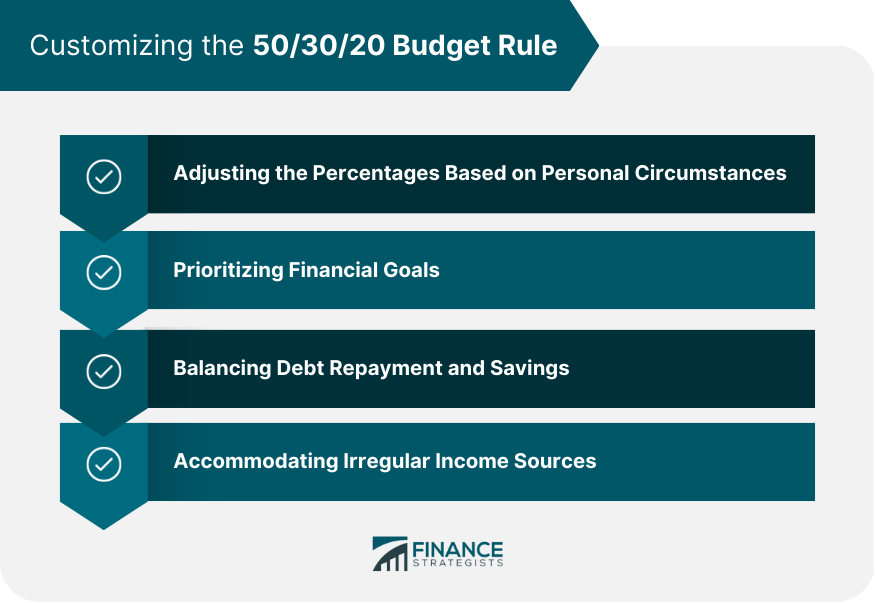
1. **The 50/30/20 Rule: A Foundational Guideline for Expense Allocation**
For those beginning their budgeting journey, the 50/30/20 rule is an exemplary and foolproof method. This framework allocates your after-tax income into three categories: 50% for needs, 30% for wants, and 20% for savings and debt repayment. It provides a broad overview, making it excellent “training wheels” for beginners. The rule’s beauty lies in its flexibility, offering guidance without demanding micro-management.
“Needs” encompass essential, non-negotiable expenses like rent, utilities, groceries, and insurance. Dedicating 50% here establishes a solid foundation, protecting against financial instability and ensuring basic living costs are covered. The “wants” category (30%) offers room for discretionary spending like streaming or dining out. This acknowledges enjoyment, but requires conscious management to prevent encroachment upon needs or your financial future.
The final 20% dedicated to “savings and debt” shapes your financial future. This portion is earmarked for emergency funds, retirement accounts, college savings, or aggressive debt repayment. Consistently adhering to this 20% is a powerful step towards building significant wealth, mitigating future financial stress, and ensuring long-term financial health.
Read more about: Mastering Your Money: 10 Proven Budgeting Strategies for Financial Control and Long-Term Success
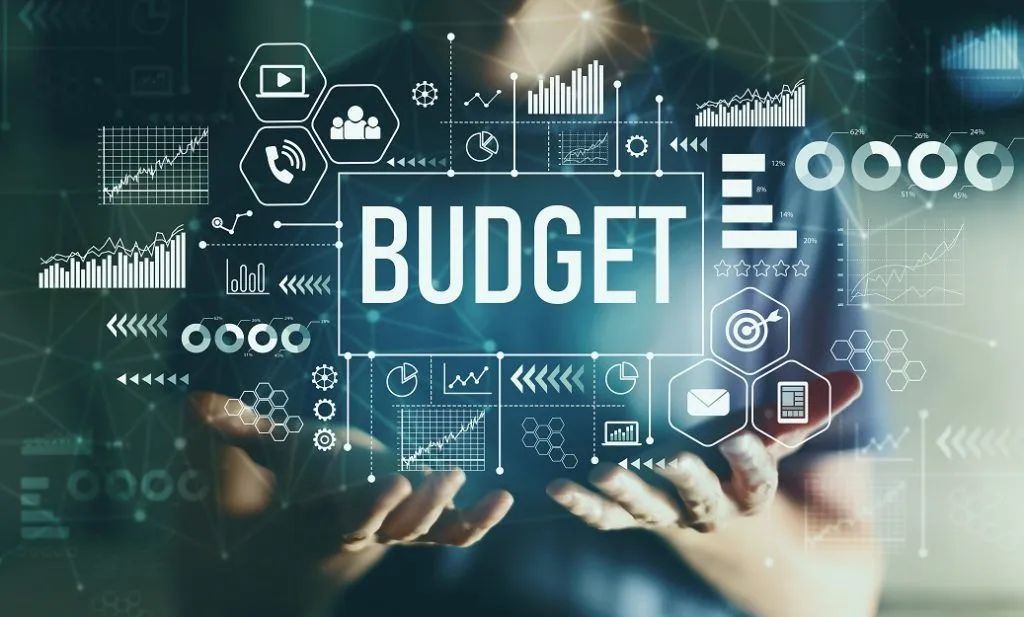
2. **The 60/30/10 Budget: An Adaptable Alternative for Varying Financial Situations**
The 50/30/20 rule isn’t universally feasible, especially for those facing unique financial constraints. The 60/30/10 budget emerges as a pragmatic alternative, adjusting allocations for different realities. This method dedicates 60% of income to needs, maintains 30% for wants, and reallocates 10% toward savings and debt repayment. It offers a more attainable framework for many households.
This increased 60% for “needs”—covering essentials like housing and utilities—is often necessary for lower-income individuals or those in high cost-of-living areas. It ensures basic necessities are met without undue strain, providing a realistic pathway to budgeting success. The 30% for “wants” remains consistent, recognizing that a sustainable budget must allow for some enjoyment, provided it’s managed responsibly.
The primary shift lies in its 10% allocation to “savings and debt.” While ideally higher, this 10% is a realistic starting point, ensuring a commitment to future financial health. For instance, with a $3,000 monthly take-home pay, this means $1,800 for needs, $900 for wants, and $300 for savings. This structured yet forgiving approach makes saving achievable, fostering a habit that can grow as finances improve.
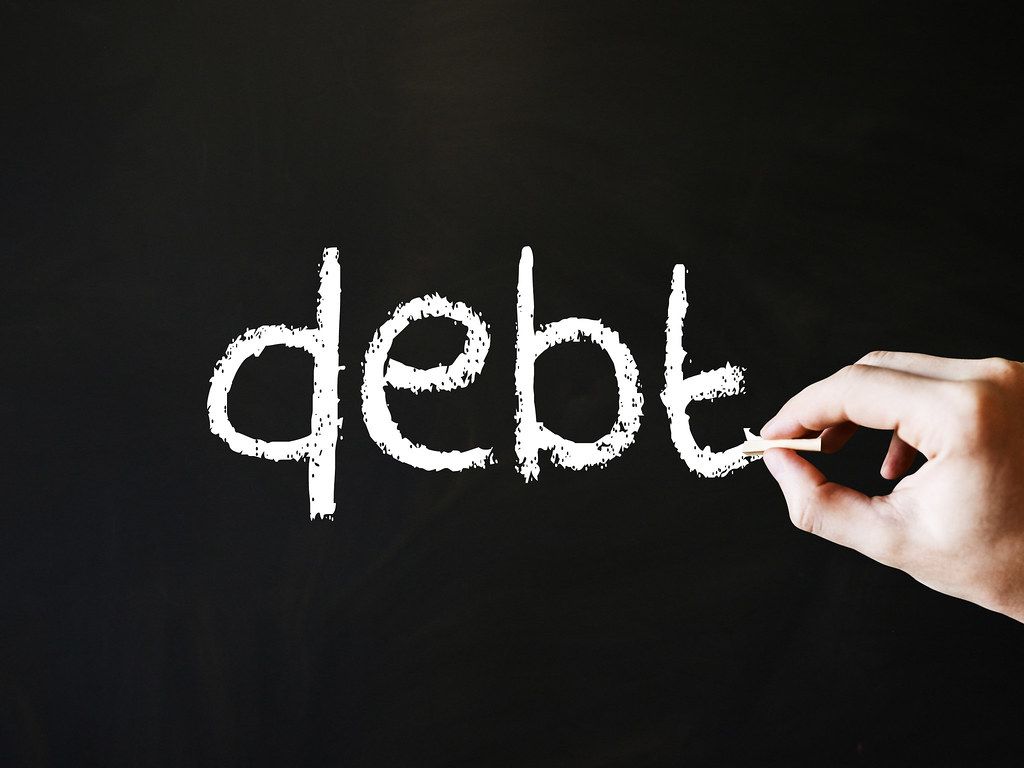
3. **Zero-Based Budgeting: For Meticulous Control and Crushing Debt**
For individuals who often overspend or desire meticulous tracking, zero-based budgeting offers unparalleled control. Unlike broader guidelines, this approach demands assigning every single dollar of your income a specific purpose until you “zero out” your budget. It’s about being incredibly intentional with your paycheck, ensuring no money is left unaccounted for.
The core principle is ensuring income minus expenses (including savings and debt) equals zero. This means every dollar has a job. For example, with $3,000 monthly take-home pay, you meticulously allocate amounts to housing, groceries, debt, and savings. If $200 remains unassigned, you give that money a purpose—perhaps entertainment or an extra debt payment.
This method is powerful for aggressively tackling debt. By forcing detailed examination of every outgoing cent, it spotlights areas of unwitting overspending, empowering redirection of funds. Proactively assigning a role to each dollar fosters profound awareness and responsibility, transforming passive spending into an active financial strategy. For those thriving on detail, zero-based budgeting is a powerful deterrent against impulsive spending and a catalyst for ambitious financial goals.
Read more about: Unlock Financial Freedom: 10 Budgeting Strategies Financial Gurus Really Wish You’d Stop Ignoring

4. **Cash Envelope System: A Tangible Method for Curbing Impulse Spending**
In our digital world, the cash envelope system, or “cash stuffing,” offers a tactile antidote to impulse spending. This method is potent for individuals struggling with abstract digital transactions and prone to overspending with cards. By reverting to physical cash, it creates a palpable spending barrier, making each purchase’s financial impact immediately evident. It reintroduces discipline by setting clear, physical limits.
The mechanics are straightforward: allocate cash to separate envelopes labeled for “groceries,” “gas,” or “dining out.” Once an envelope’s cash is depleted, spending for that category stops. There’s no swiping a card; the physical absence of cash unequivocally signals exhausted funds. This tangible constraint holds you accountable in ways credit cards, with their endless limits, often cannot.
This system excels for variable expenses, which frequently derail budgets. Seeing only $10 left in your “dining out” envelope out of $100 provides an immediate cue to skip dinner plans. This visual limitation fosters heightened spending awareness, encouraging conscious choices and preventing debt. It shifts focus from “can I afford this?” to “do I have the cash for this right now?”, building strong financial habits.
Read more about: Precision Spending: 12 Budgeting Underdogs That Dominate Financial Debt

5. **Pay-Yourself-First Strategy: Prioritizing Long-Term Savings and Investments**
The “pay-yourself-first” strategy, or reverse budgeting, fundamentally shifts the traditional paradigm by prioritizing your financial future. Instead of saving after expenses, this method advocates tucking away money for long-term goals—retirement, emergency funds, college savings—immediately upon receiving income. The remainder then becomes available for other priorities like bills and leisure. It’s ideal for those aiming for significant long-term goals without meticulous, penny-by-penny accounting.
Its core strength lies in automating wealth building, removing reliance on willpower or leftover funds. Setting up automatic transfers from checking to savings/investment accounts on payday ensures your financial future is nurtured consistently. This transforms savings from an afterthought into a non-negotiable component. For example, your first action with $3,000 income might be to stash $300 into an IRA and $100 into your emergency fund, making $2,600 your operating budget.
This system is effective because it capitalizes on the principle that what gets prioritized gets done. Treating savings as an essential “bill” dramatically increases the likelihood of meeting targets. It subtly encourages living within the means of your *remaining* income, a powerful mental shift for fostering financial longevity. While not granular, pay-yourself-first ensures critical financial goals are on track, building wealth passively for lasting financial security.
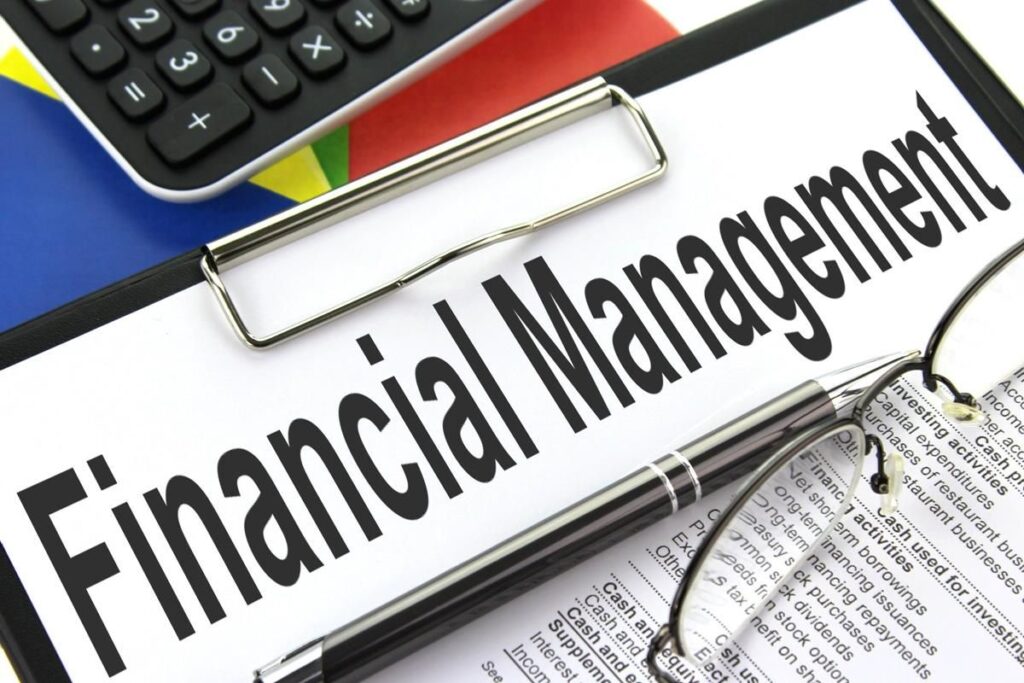
6. **Loud Budgeting: Harnessing Social Accountability for Financial Goals**
“Loud budgeting” is a surprisingly powerful strategy for those thriving on external accountability. It transforms the traditionally private act of budgeting into a public commitment. This involves openly declaring your financial goals and spending limitations to friends, family, or social media followers. The premise is simple: when others are aware, you’re far more likely to stick with them, compelling longevity.
The strength lies in the built-in social pressure it creates. Transparent financial journeys introduce an external layer of motivation, often more effective than internal willpower. When peers know you’re saving for a down payment, they’re less likely to inadvertently tempt you to deviate. They might even become a source of support, offering alternatives or respecting boundaries, reinforcing your commitment.
This public declaration serves as a constant reminder, elevating your budget from chore to shared endeavor. It fosters community and purpose. Telling friends you’re “loud budgeting” might lead them to suggest a potluck instead of an expensive dinner. This shifts the dynamic from feeling deprived to empowered by a supportive network, ensuring budgeting efforts aren’t easily abandoned, contributing significantly to long-term financial quality.
Read more about: Remember These Financial Game-Changers? 10 Budgeting Methods That Absolutely Mastered It as Reliability Legends.

7. **Automated Budgeting Tools: Leveraging Technology for Effortless Tracking and Saving**
For many, manual expense tracking and category management are significant barriers to consistent budgeting. Automated budgeting tools become invaluable “power plays,” leveraging technology to streamline the process. Apps like MoneyLion, Mint, or Rocket Money sync directly with financial accounts, offering effortless tracking, categorization, and spending optimization. These are game-changers for accuracy and consistency without tedious manual input.
The primary benefit is reduced effort for financial vigilance. Once linked, applications automatically import transactions, categorize them, and provide real-time insights into spending patterns. This passive monitoring reveals unnoticed habits. This data-driven approach is critical for budgeting longevity, removing manual tracking friction, making the process an automated financial health check.
Beyond tracking, many automated tools enhance financial quality. They identify savings opportunities, like forgotten subscriptions, or highlight areas over budget. Some automate savings transfers, aligning with “pay-yourself-first” by moving funds without manual initiation. This integration of tracking, analysis, and automation provides a comprehensive solution for managing money with precision and minimal intervention.

8. **Accurate Income Assessment: The Bedrock of Any Realistic Budget**
Before any dollar can be purposefully allocated or strategically saved, a precise and honest understanding of your true income is absolutely paramount. Your take-home pay, specifically your monthly income after all necessary deductions like taxes and healthcare benefits, forms the actual foundation of your budget. It is critically important to differentiate this net income from your gross earnings, as only the funds that actually land in your account are genuinely available for spending, saving, and investing.
Your net income, the money you can truly spend each month, often encompasses more than just your primary paycheck. While the bulk of income for most budgeteers stems from full-time or part-time employment in the form of salaries or wages, it’s vital to account for all incoming funds. This comprehensive view should include any money received from interest on savings, dividends from investments, rental income, or other regular financial inflows.
Accurately tallying all these diverse sources ensures you possess a complete and unbiased view of your total available resources. This meticulous assessment prevents the common budgeting pitfall of planning with an inflated or inaccurate figure, which can quickly lead to financial strain and an unsustainable budget. By grounding your budget in the undeniable reality of your take-home pay, you build a plan that is inherently more robust and achievable.
While the pursuit of a higher income naturally offers more flexibility when it comes to expenses, making a month of extreme spending more quickly rectifiable, it’s a long-term endeavor. Achieving increased income often involves strategic avenues such as seeking a new job, pursuing higher education or certifications, developing new skills, or networking effectively. For some, investment income grows over time, or in certain situations, a second job may become a necessary component of their income assessment to meet financial ends.
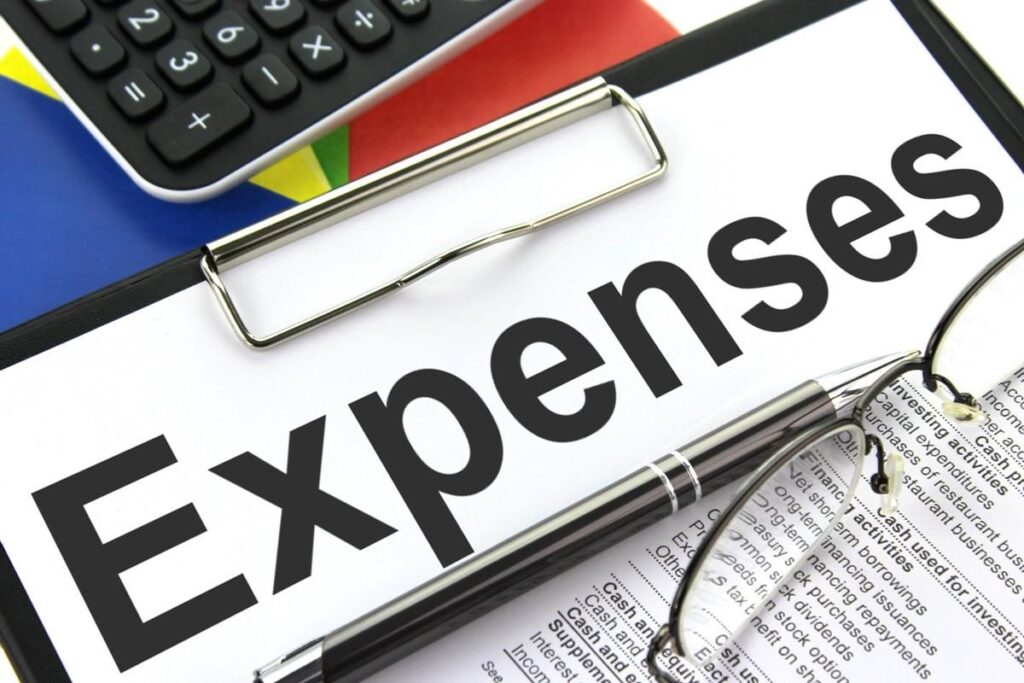
9. **Differentiating Fixed vs. Variable Expenses: Gaining Control Over Your Spending**
Once your accurate income assessment is complete, the next critical step for any enduring budget is to dissect your expenditures by understanding the fundamental difference between fixed and variable costs. Fixed expenses are those consistent, non-negotiable payments that remain exactly the same each month, providing a predictable base for your financial planning. These typically encompass essential costs such as rent or mortgage payments, insurance premiums, regular debt or loan installments, child care costs, and various memberships.
Conversely, variable costs are the expenses that inherently fluctuate from month to month, presenting both challenges and significant opportunities for adjustment and savings. Categories like groceries, fuel for transportation, dining out, personal shopping, travel, and entertainment expenditures commonly fall into this group. Examining past bank statements and transactions can provide incredibly valuable estimates for these categories, allowing you to project spending more accurately and identify potential overages.
A truly robust budget necessitates prioritizing your spending, dedicating funds to basic necessities like housing, food, and healthcare before allocating to discretionary items. Understanding which expenses are fixed versus variable empowers you to proactively identify where you have legitimate control. Fixed costs, while generally harder to alter in the short term, can sometimes be optimized through refinancing or relocation, while variable costs offer immediate flexibility.
This clear distinction between expense types is a “power play” for longevity. It allows you to protect against financial instability by ensuring core needs are met, while simultaneously empowering you to consciously manage your “wants.” By doing so, you prevent encroachment upon your essential needs or your financial future, making your budget not just resilient but strategically adaptable to changing circumstances.
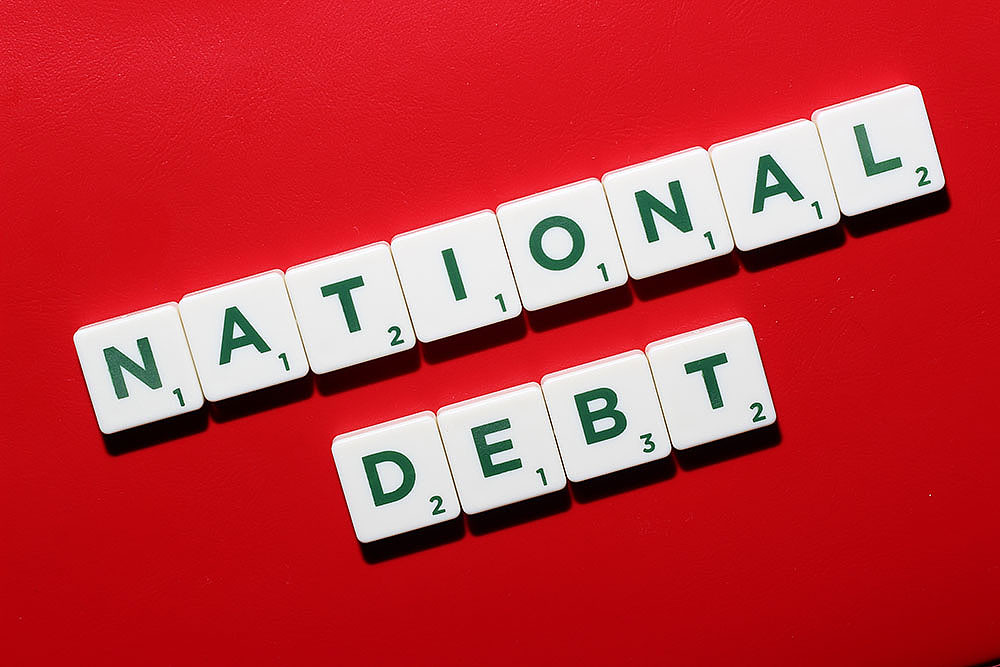
10. **Managing Debt and Credit: Strategic Approaches for Financial Freedom**
Debt, particularly high-interest credit card debt, represents one of the most significant challenges to maintaining a stable and lasting budget. It is absolutely essential to integrate all forms of debt—whether credit card balances, medical bills, student loans, or personal loans—into your monthly financial strategy. Ignoring these obligations, or simply paying minimums, only serves to compound the problem with accelerating interest payments, placing immense strain on your overall budget.
While credit cards inherently carry negative connotations regarding budgeting due to their capacity to facilitate overspending, they are not universally detrimental. When rigorously controlled and utilized under strict discipline, credit cards can actually serve as valuable financial tools. They can help save on purchases through rewards and, more importantly, assist in building a strong and positive credit history, which is crucial for future financial endeavors.
However, for individuals with constrained budgets, using credit cards sparingly is paramount to prevent large interest payments that could further strain an already tight financial plan. It is also crucial to ensure precision in your budgeting by avoiding “double-dipping”; do not account for a single expense in multiple categories, such as listing the same dinner payment under both “Credit Card” and “Meals Out.” Every dollar must have a singular, clear purpose within your budget framework.
A successful long-term financial plan requires a proactive approach to debt. If the burden of debt feels overwhelming, or if you find yourself struggling to gain a firm handle on your finances, do not hesitate to seek guidance from experts. Professional financial advice or resources designed to help pay bills can provide crucial support, empowering you to take control and move towards enduring fiscal quality.

11. **Controlling Conspicuous Consumption: Resisting the Urge to “Keep Up with the Joneses”**
In the prevailing consumerist societies of today, the subtle yet powerful pressure to engage in conspicuous consumption stands as a significant barrier to achieving lasting financial health. This behavior, defined as the spending of money on, and the acquisition of, luxury goods and services primarily to publicly display economic power, can silently erode a meticulously crafted budget. Trying too hard to “keep up with the Joneses” often leads individuals down a dangerous path of spending more than their actual income allows.
This financial blunder, which is simply spending more than one earns, inevitably snowballs into ever-increasing debt over the long run. Over-reliance on credit further exacerbates this issue, as borrowed money allows people to temporarily live beyond their means. While this offers immediate gratification, the inevitable inability to pay back the borrowed money on time can quickly lead to a sticky and precarious financial situation. Recognizing and consciously resisting these pervasive societal pressures is a powerful “power play” toward securing your authentic financial future.
Even seemingly insignificant expenses associated with daily living can discreetly accumulate, contributing substantially to unwitting over-expenditure. Categories often categorized under “wants” or “Miscellaneous Expenses” offer considerable wiggle room for adjustments that can dramatically impact your budget’s longevity. These might include frequent dining out, subscriptions that are no longer used, or impulse purchases that seem small individually but add up over time.
Strategic evaluation of these lifestyle choices is crucial for budget health. Important decisions regarding whether to embark on an expensive trip, attend a high-cost event, or spend large amounts on a collection all go a long way towards achieving or derailing financial goals. Lavish vacations, owning pets, and fulfilling hobbies are indeed great ways to invest in oneself, but only if they are genuinely financially feasible within your established budget. For anyone looking to repair a faltering budget, this section should be the absolute first area to critically evaluate and adjust.

12. **Prioritizing Savings and Emergency Funds: Building a Shield for Your Financial Future**
A cornerstone of any resilient and high-quality budget is the consistent, deliberate allocation of funds towards savings and investments, fundamentally embodying the “pay-yourself-first” principle. This critical component ensures that future financial goals, whether retirement, a child’s education, or significant purchases like a home, are not merely distant aspirations but actively funded and progressing objectives. Establishing an emergency fund, distinct from other savings, is particularly vital, serving as an indispensable financial safety net against expected and unexpected life events.
In healthy budgets, excess money is strategically directed towards the future. This includes contributions to retirement accounts like 401ks and IRAs, college savings plans, and other long-term investments. As a general rule of thumb, it is strongly recommended for the total allocation to this section to be 15% or higher of your income. This proactive approach significantly mitigates future financial stress and actively builds wealth, ensuring enduring long-term stability and even enabling earlier retirement for average income earners.
The importance of an emergency fund cannot be overstated; its robust presence can often be the deciding factor between smoothly navigating unforeseen circumstances, such as medical emergencies or home repairs, or plunging into debilitating debt. Having dedicated funds readily available for sudden misfortunes allows you to weather heavy-debt seasons without compromising your overall financial health. This foundational element is a true “power play” in personal finance, making or breaking your ability to stay out of debt.
Automating transfers to savings accounts and investment vehicles, in direct alignment with the “pay-yourself-first” strategy, effectively removes the reliance on inconsistent willpower or leftover funds. By treating these future-focused contributions as an essential and non-negotiable monthly “bill,” you prioritize your financial longevity. This mechanism builds wealth passively and consistently, empowering you to secure your prosperity and cultivate a truly robust financial framework for years to come.
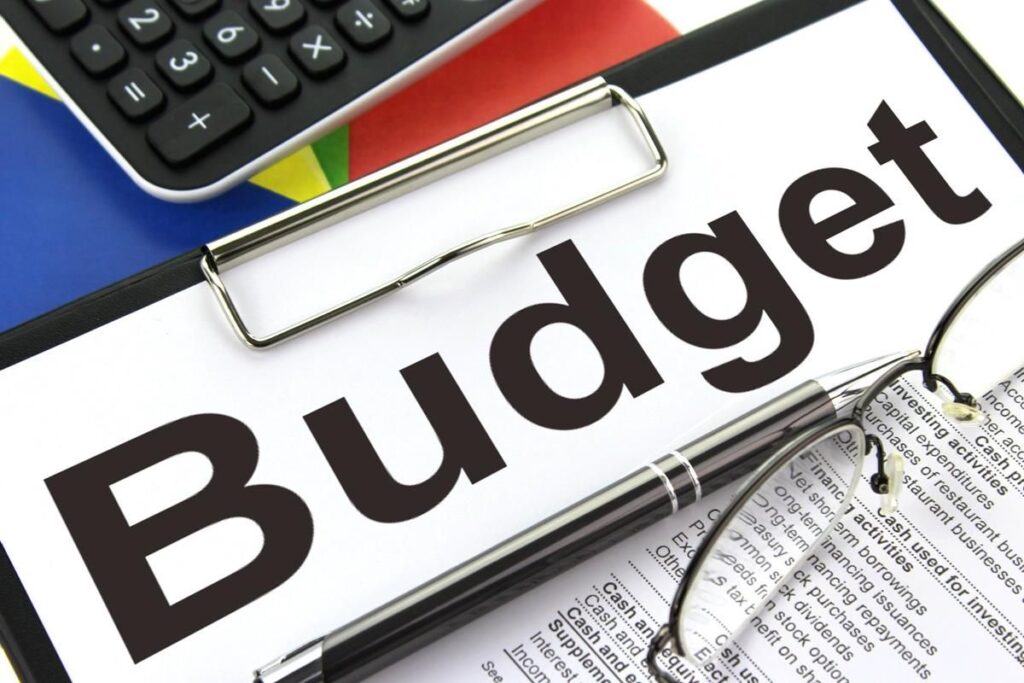
13. **Regular Budget Review: Adapting to Life’s Evolving Financial Landscape**
A critical insight for any individual aiming for enduring fiscal quality is to understand that a budget is not a static document; rather, it is a dynamic, living financial plan that demands regular attention and proactive adjustment. The economic climate, your personal financial situation, and even your life goals are subject to change over time, whether due to a salary increase, an unexpected expense, a shift in living costs, or a major life event. Periodically reviewing and refining your budget is absolutely essential to ensure it continually aligns with your evolving lifestyle and financial objectives.
Making your budget a consistent monthly practice is an invaluable “power play” for its longevity and effectiveness. At the beginning of each month, take the time to map out a clear plan for how you intend to spend your money. Subsequently, diligently track your actual expenditures throughout the month. At month-end, it’s crucial to compare your planned spending against your real-world outflows to identify any discrepancies, understand your spending patterns, and pinpoint opportunities for targeted improvement in the coming period.
This consistent, iterative review process fosters immense financial awareness and self-discipline. It allows you to identify areas where you might want to spend less, or conversely, where you can reallocate leftover funds more strategically towards savings or accelerated debt repayment. This data-driven approach transforms budgeting from a chore into an active, empowering strategy, helping you to make informed decisions for the subsequent month and beyond.
By embracing your budget as a flexible, adaptable tool that responds to life’s inevitable ebb and flow, you ensure its continued relevance and long-term effectiveness. This proactive engagement strengthens your financial foundation, allowing you to handle unexpected financial changes with greater confidence and minimal stress. Regular review is not merely an optional step; it is a foundational habit that secures your prosperity for years to come.

14. **Strategic Management of Living Expenses: Optimizing Daily Spending for Long-Term Gain**
Beyond the broad categories of needs and wants, the strategic management of daily living expenses offers some of the most significant and accessible opportunities to enhance your budget’s quality and ensure its longevity. These expenditures, while often appearing insignificant on an individual basis, possess a remarkable capacity to accumulate substantially over time. It’s in this area that savvy budgeteers find considerable “wiggle room” for effective optimization.
A prime example resides within the “Meals Out” category, which frequently presents itself as a major area for potential savings. Consistently preparing and cooking meals at home is generally and significantly more cost-efficient than dining out or ordering takeout. Depending on the frequency of external meal consumption, a deliberate shift towards eating in more often can potentially reduce overall living expenses by a considerable amount, freeing up funds for other financial goals. In general, the combined expense of “Food” and “Meals Out” should ideally remain below 15% of your total income.
When scrutinizing larger fixed living expenses, such as housing and utilities, exploring cost-effective approaches can yield substantial long-term savings. This might involve refinancing a mortgage to a lower interest rate, relocating to a more budget-friendly area, or even downsizing to a smaller home if feasible. Smaller, yet impactful, ways to save on housing include transitioning to new, smart technologies like programmable thermostats and energy-efficient lightbulbs, or considering the installation of solar panels for reduced utility bills.
Transportation costs, particularly auto loans and associated expenses, also present clear avenues for strategic management. Depending on your region, car ownership might not be an absolute necessity, opening doors to alternative options like public transport, carpooling, biking, or walking. If a car is essential, choosing a more fuel-efficient vehicle or adhering to routine maintenance like proper tire inflation and oil changes can minimize ongoing costs. Similarly, proactive healthcare choices—prioritizing a healthy lifestyle, utilizing in-network providers, and regularly re-assessing insurance needs—can help manage this often-inflexible category effectively.
Ultimately, the section on miscellaneous expenses, encompassing items from laundry services to hobbies and entertainment, is often the most pliable in a personal budget. It offers the greatest latitude for personal discretion. This flexibility, while tempting for over-expenditure, can become a powerful lever for moderation. By scrutinizing and optimizing these daily and recurring costs, you transform small, seemingly minor financial decisions into powerful drivers of sustained financial success and a high-quality budget.
Read more about: Beyond the Average: A Comprehensive Guide to Understanding and Planning for the $172,500 Healthcare Costs Facing Retirees
Building a truly durable financial framework is an ongoing, dynamic journey that extends far beyond initial setup. The diverse methodologies and foundational habits we’ve meticulously explored throughout this guide serve as your essential “power tools” for cultivating lasting financial strength and stability. From precisely assessing your income to strategically managing every category of expense, and from diligently prioritizing savings to consistently reviewing your progress, these components work in concert to empower you. Embrace these proven insights, adapt them thoughtfully to your unique financial path, and proactively forge a budget that not only works consistently but genuinely thrives, securing your prosperity and peace of mind for years to come.


